Abstract: The OFC hosted a special event called vision 2030. In the words of Dr. Wei Kunshan- project chairman of the conference, now is 2020, which is an important node in the development of optical communication for half a century. It is necessary to expect the optical communication industry in the next decade at this node.

Winner of the 2020 IEEE Photon Award, APV Chris Doerr of Acacia’s Integrated Photonics Business, gave an excellent speech on the “silicon optic and coherence”. He pointed out that the combination of silicon optics and coherence technology was key to Acacia’s success because coherence did not require integrated laser and could provide the high performance and high yield required by optical devices. In recent years, the cost, size, and power consumption of coherent modules have been steadily decreasing. As the working rate continues to increase, more and more applications of coherent technology are applied (modules above 400G 2Km will be coherent in the world). For optoelectronic integration, Acacia is developing the latest 3D package from MCM in previous years, 2.5D package 2 years ago, and the next target is 140G baud in terms of symbol rate of coherence. The key to the success of silicon optical technology in the next decade is to find new applications beyond communications.
His main conclusions including:
1. The only way to continuously reduce the per-bit cost of optical devices is integration:
2. Hollow fiber will solve the problem of increasing the frequency spectrum of the optical fiber;
3. Silicon optical technology can be applied across a wide bandwidth of 370nm;
4. Communication services cannot support the development of silicon optics, including laser radar, OCT, phased array antenna, etc. will become an important application direction of silicon optics.

How do we envision the future of fiber optic communications? Over the last 50 years, we have seen that single users consume more and more bandwidth, the communication of human-to-human and human-to-machine has developed to a very high degree. The next turning point will be machine-to-machine communications, first is the interconnection of the data center and then the Internet of Things. This is future demand. Unlike in the past, the most valuable companies in America today are almost all data companies. So what does data mean? Without fiber optical communications, there would be no social development. It can be said that the development of the Internet has redefined fear, redefined borders, redefined currencies, and redefined government and financial rules. So, no technology has affected human society, politics, and the economy more deeply than optical fiber communication.
The most impressive part of the speech by Alexei Pilipetskli from SUB COM, an undersea cable service provider, as he mentioned that Google’s second independent undersea cable Dunant became the world’s first commercial undersea cable based on SDM technology. The undersea cable connects America and France with a total length of 6,400 kilometers and a transmission capacity of 250 Tbps based on 12 pairs of optical fibers. This is undoubtedly an important sign for those who are confused about the prospects of SDM applications. In his speech, Pilipetskli also pointed out that the challenge of cost per bit of a seaway system is still exit, in their view, undersea cable systems with more than 32 fibers can no longer achieve the reduction of marginal cost. Looking ahead, he believes that 1Pbps undersea cable system will be seen in 2025.

Looking forward to the next generation of optical communication, if we look at the parallel universe, one is radiofrequency and the other is service level. The former is from QAM to point-to-multipoint, and the latter is from circuit switching and packet switching to point-to-multipoint. The two parallel universes have affected optical communication in the past, such as burst-mode PON, QAM, and coherence. So the next step, an optical communication directly achieves point-to-multipoint, no longer through electrical conversion?
Yes, the innovation of optical communications laid the foundation for Ethernet and laid the foundation for today’s social transformation. A human can never be separated from the interaction between people. Technology cannot change this, but can only improve the experience of human interaction.
Related Products:
-
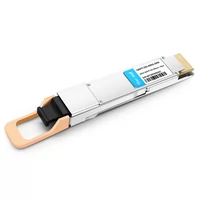 QSFP-DD-400G-SR8 400G QSFP-DD SR8 PAM4 850nm 100m MTP/MPO OM3 FEC Optical Transceiver Module
$180.00
QSFP-DD-400G-SR8 400G QSFP-DD SR8 PAM4 850nm 100m MTP/MPO OM3 FEC Optical Transceiver Module
$180.00
-
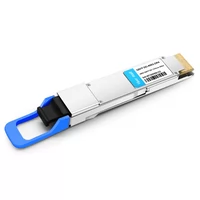 QSFP-DD-400G-DR4 400G QSFP-DD DR4 PAM4 1310nm 500m MTP/MPO SMF FEC Optical Transceiver Module
$450.00
QSFP-DD-400G-DR4 400G QSFP-DD DR4 PAM4 1310nm 500m MTP/MPO SMF FEC Optical Transceiver Module
$450.00
-
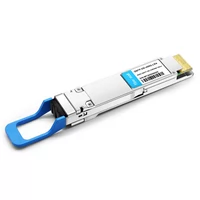 QSFP-DD-400G-LR4 400G QSFP-DD LR4 PAM4 CWDM4 10km LC SMF FEC Optical Transceiver Module
$650.00
QSFP-DD-400G-LR4 400G QSFP-DD LR4 PAM4 CWDM4 10km LC SMF FEC Optical Transceiver Module
$650.00
-
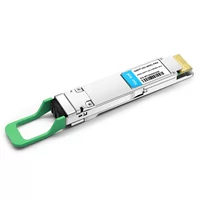 QSFP-DD-400G-FR4 400G QSFP-DD FR4 PAM4 CWDM4 2km LC SMF FEC Optical Transceiver Module
$600.00
QSFP-DD-400G-FR4 400G QSFP-DD FR4 PAM4 CWDM4 2km LC SMF FEC Optical Transceiver Module
$600.00
-
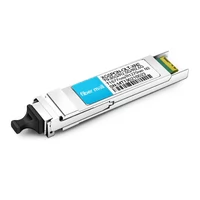 XGSPON-OLT-XN2 XGSPON OLT XFP TX-9.95G/RX-2.5G/RX-2.5G TX-1577nm/RX-1270nm N2 SC DDM Optical Transceivers
$1095.00
XGSPON-OLT-XN2 XGSPON OLT XFP TX-9.95G/RX-2.5G/RX-2.5G TX-1577nm/RX-1270nm N2 SC DDM Optical Transceivers
$1095.00
-
 XGSPON-ONU-C XGSPON ONU SFP+ TX-9.95G/RX-9.95G TX-1270nm/RX-1577nm N1/N2 SC DDM 0°C~70°C Optical Transceivers
$75.00
XGSPON-ONU-C XGSPON ONU SFP+ TX-9.95G/RX-9.95G TX-1270nm/RX-1577nm N1/N2 SC DDM 0°C~70°C Optical Transceivers
$75.00
-
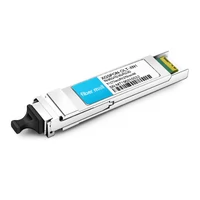 XGSPON-OLT-XN1 XGSPON OLT XFP TX-9.95G/RX-2.5G/RX-2.5G TX-1577nm/RX-1270nm N1 SC DDM Optical Transceivers
$1095.00
XGSPON-OLT-XN1 XGSPON OLT XFP TX-9.95G/RX-2.5G/RX-2.5G TX-1577nm/RX-1270nm N1 SC DDM Optical Transceivers
$1095.00
